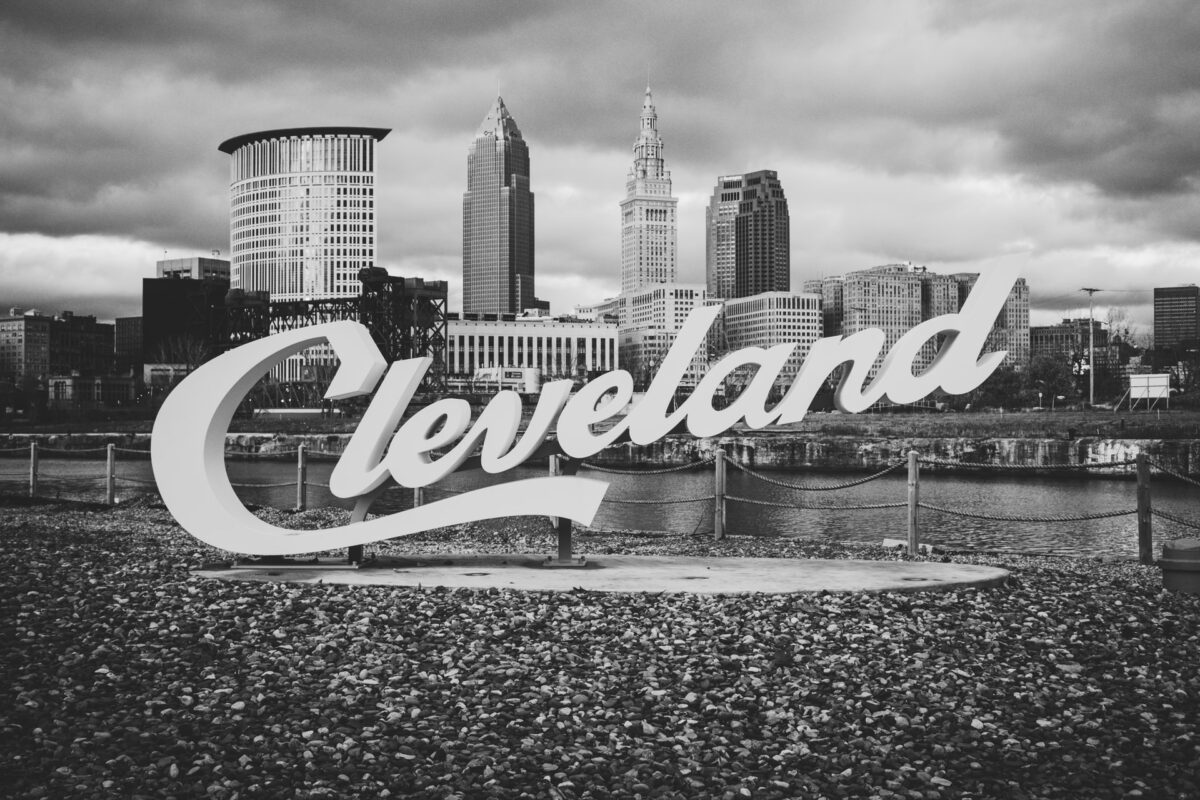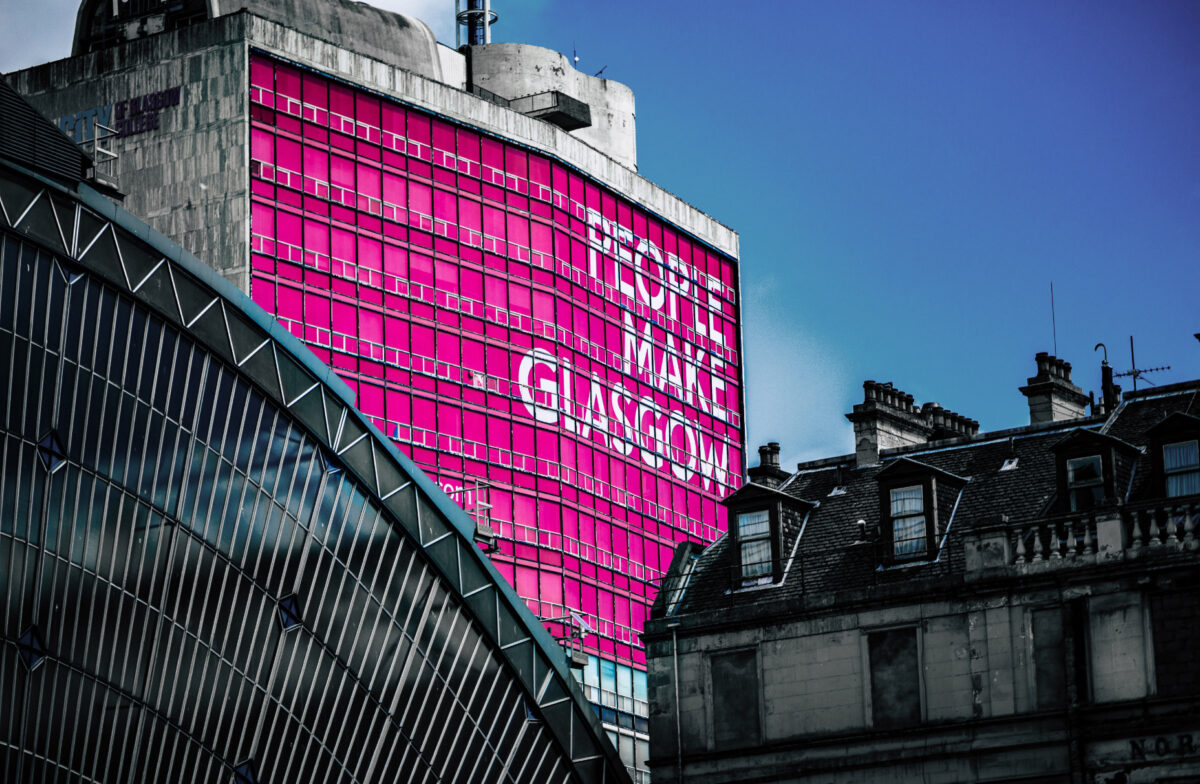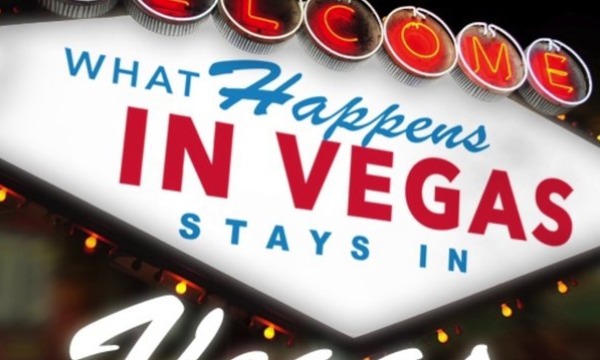According the World Travel and Tourism Council, travel and tourism “In 2019, the Travel & Tourism sector contributed 10.4% to global Gross Domestic Product or GDP.” When one considers that businesses, residents and event and meeting planners also choose one place over another, it is no wonder that cities, regions and countries are branding themselves in earnest.
Places are some of the most interesting things to brand. This phenomenon has been labeled “place branding,” “geo-branding” and “destination marketing” among other labels. In some respects, branding places is no different than branding anything else. Finding the most powerful and unique image for the place (“unique value proposition” or “brand position”) is the most important activity. After that, building awareness is next most important. Both of these activities assume that the requisite research has been done with the most advantageous and receptive target audiences.
Branding municipalities is an interesting and complex activity. The target audiences are myriad and disparate, including at least the following:
- Residents and potential residents
- Businesses and potential businesses
- Tourists/visitors
- Meeting and an event planners (including convention planners and major sporting event organizers)
- Transients (people passing through on their way to somewhere else)
- Corporate commercial traffic
Each of these audiences has its own distinct issues and needs. And, there are typically separate place-based organizations established to market to each of these market’s needs – visitors & convention bureaus, economic development councils, business improvement districts, etc. The stakeholder groups mushroom into a large mix of potentially competing points of view when one adds mayor’s offices and district, county, provincial, state and regional entity executives and business, cultural institution and sports team leaders. This is why carefully orchestrating a branding project and facilitating consensus across all stakeholder groups is critical to a successful place branding effort. That is also why a place branding effort often takes much longer than a comparable product or organization branding effort.
Here is what tends to be important to each major audience:
- Residents
- Good job opportunities
- Low crime
- Good medical care
- Affordable housing
- Scenic beauty
- Attractive neighborhoods
- Friendly people
- Good school systems
- Clean highways and public spaces
- Many places to go and things to do on the weekends
- Abundant cultural amenities
- Low cost of living
- Good restaurants
- Reasonable commutes
- Businesses
- Competitive environment
- Environment for future growth
- Prevailing wages
- Labor force quality
- Housing, safety and quality of life
- Labor market rigidities
- Proximity to suppliers or final market
- Energy and resource costs
- Real estate costs
- Political stability and zoning regulations
- Innovation capacity
- Agglomeration benefits
- Tax costs
- Public services
- Tourists
- Reasonable travel distance and cost
- A variety of interesting things to do and see
- Affordable lodging with required amenities
- Public toilets
- Easy navigation/way finding
- Aesthetically pleasing environment
- Friendly people
- Good restaurants
- Shopping
- Unique local sights and activities
- Meeting and event planners
- Air transportation (access, costs, distance to site)
- Hotel rooms and ground transportation access
- Space requirements (meeting rooms, banquet halls, exhibit space, etc.)
- Contiguous venues
- Close proximity to quality restaurants, retail and entertainment
- Safety of the area
- Tours and other activities
Clearly, this is a diverse and complicated set of needs and issues. Having said that, a place ultimately becomes best known for one or two things. It is the job of branding to insure that those one or two things are unique to the place and highly compelling.
Following are some of the general classes of things that can define a place:
- A natural feature – Niagara Falls, The Grand Canyon, Mt. Everest, the Amazon rain forest, Lake Tahoe, the Matterhorn, Lake Como, Iceland’s volcanoes, hot springs and other natural features
- Distinctive architecture – Golden Gate Bridge in San Francisco, California, Eiffel Tower in Paris, France, Petronas Towers in Kuala Lumpur, Malaysia, Burj Al-Arab Hotel in Dubai, UAE, Guggenheim Museum in Bilbao, Spain
- Unique or preeminent museums or other cultural attractions – the Louvre in Paris, France, the Rock and Roll Hall of Fame in Cleveland, Ohio, the National Baseball Hall of Fame in Cooperstown, New York, the Metropolitan Museum of Art on New York, New York, Colonial Williamsburg in Williamsburg, Virginia, the Van Gogh Museum in Amsterdam, Netherlands, the Islamic Arts Museum Malaysia in Kuala Lumpur, Canadian Museum of Civilization Corporation in Ottawa, Ontario, Canada, Royal Palace in Bangkok, Thailand
- Well known events or festivals – Charleston, South Carolina’s Spoleto Festival, Rio de Janeiro, Brazil’s Carnival, the Burning Man Festival in the Black Rock Desert of Nevada, Fez (Morocco) Festival of World Sacred Music, Mongolia’s National Naadam Festival, Milan’s fashion shows, Edinburgh’s Fringe Festival, the running of the bulls in Pamplona Spain, Tour de France, Indianapolis 500
- Unusual or distinctive histories – the Killing Fields of Cambodia, founding of the Mormon Church in Palmyra, New York, arrival of the Pilgrims at Plymouth Rock, Massachusetts, witch trials of Salem, Massachusetts, site of the 1932 and 1980 Winter Olympic Games in Lake Placid, New York
- Destination resorts or theme parks – Disney World in Orlando, Florida, casinos in Las Vegas, Nevada, country music venues in Branson, Missouri
- Distinctive outdoor recreational features – skiing in the Rocky Mountains or the Alps, scuba diving in Cozumel, Mexico or the Turks and Caicos, mountain climbing in the Himalayas
- Desirable weather, seasonal or year-round – Spain’s sunny Mediterranean coast, San Diego, California’s year-round temperate weather, Hawaii’s year-round temperate weather, the appeal of Florida or Arizona to northerners during the winter, coastal Maine’s appeal during the summer
- A unique environmental aesthetic – adobe architecture in Sante Fe, New Mexico, traditional western feel in Jackson, Wyoming, art deco in South Miami Beach, Miami, Florida, Spanish Moorish architecture in Kansas City, Missouri’s Country Club Plaza shopping and entertainment district, Bourbon Street in New Orleans, Louisiana, New England shingle style architecture in Nantucket, Massachusetts, Bruge, Belgium’s Middle Age architecture, Esfahan, Iran’s Naghsh-e Jahan Square with its Iranian and Islamic architecture, Venice, Italy’s canals
- General aesthetic appeal – Niagara-on-the-Lake, Ontario, Canada’s neo-classical architecture and floral landscaping, Québec City (Québec, Canada) with its European flavor and French heritage
- Distinctive wildlife – orangutans and rafflesia in Borneo, koala bears and kangaroos in Australia, polar bears in Churchill, Manitoba, Canada, lions, giraffes, elephants and hippos on Tanzania’s Serengeti Plain
As you might gather from the previous list, aesthetics are important. Strict zoning and codes, scenic vistas, landscaping, parks, boulevards, hanging flower baskets, statues and fountains all add to a place’s appeal as do historical sites and markers. Water features (ocean, rivers, canals, lakes and ponds) also add to the appeal, especially if they provide for recreation, scenic vistas and strolling. Festival and event banners can add to the feeling of a place. Architectural authenticity, uniqueness and environmental consistency add to a place’s appeal. General cleanliness is also desirable.
Wayfinding is important. Public maps and directional signing help tourists and residents alike. Bicycle lanes and bicycle and walking paths are always a plus. Some municipalities encourage bike rentals as a more pleasant and environmentally friendly way to experience their place. Good public transportation enhances a place’s appeal as well. Europe’s interconnected networks of trains or an increasing number of cities’ light rail systems are examples of this. Some cities use cable cars, trolleys, double-decker buses, horse drawn carriages or amphibious vehicles as tourist attractions themselves. Buildings should have pedestrian-friendly/attractive street level frontages. Strategically placed clean public restrooms are also important.
It is essential for a place to take inventory of its assets to determine which of those are unique and compelling to each of its target audiences.
Most places stand for a small number things in peoples’ minds. This is their brand position. The objective of a branding exercise is to insure that the primary associations are unique and compelling, not neutral or negative.
For instance, what is the first thing that comes to your mind associated with each of the following places?
- France – cafes, wine, cheese, berets, fashion, attitude?
- Mexico – beaches, laid back, Mayan ruins?
- Switzerland – Alps, watches, chocolates, banks, formality?
- Australia – koala bears, kangaroos, Crocodile Dundee, Sydney Opera House, Great Barrier Reef?
- Aspen – skiing, rich and famous, expensive?
- Alaska – wilderness, glaciers, whales, cruises?
- India – IT jobs, Hindu, exotic, hot, poverty?
- San Antonio — the Alamo, Riverwalk?
- Woodstock, NY – hippies, new age, tie-dye?
- Maine – cold, sailing, Bar Harbor, L.L. Bean?
- China – big, booming, manufacturing, The Great Wall, defective products?
- Las Vegas – casinos, gambling, legalized prostitution, shows, bright lights, desert, sin city?
- Orlando – theme parks, Disney World, Epcot, Universal Studios, SeaWorld?
Clearly some places are known primarily for one thing (such as Orlando and Disney/theme parks or Cooperstown and the National Baseball Hall of Fame), while others are known for multiple things. While some associations are quite positive, others are neutral or even negative. Oklahoma City would do well to try to stand for something other than the bombing. Belarus has the same problem with its Chernobyl association. Detroit’s almost exclusive association with automobiles not only creates “eggs-in-one-basket” economic problems but also “eggs-in-one-basket” brand positioning problems.
Larger cities such as New York or Chicago have the problem of being so big and diverse that it is difficult to focus on one or two things. Chicago went through a branding effort a few years ago. It decided to focus on business leaders worldwide and to position itself in the context of major metropolitan areas. Its points of difference? (a) abundant business resources, (b) incomparable quality of life and (c) great people. These are all generally true. However, I believe that Chicago is really saying that it offers everything that New York does only in a Midwest friendly way.
Chicago’s “frame of reference” is “major metropolitan areas – globally.” Each place must decide which “frame of reference” is most advantageous for it. For instance, for Rochester, New York is it competing in the context of other mid-sized cities in the entire country, the Northeast or just Upstate New York? Or should it associate itself with other Great Lakes cities (most of which are in the Midwest) or its thriving across-the-lake neighbor, Toronto (Canada)? Perhaps it should define itself through its relationship with water. If so, should it be characterized as New York’s North Coast (looking north to Lake Ontario) or as the Gateway to the increasingly popular Finger Lakes wine region (looking south)? Each “frame of reference” will have different consequences given the other places in the same context.
I would ignore the place’s weaknesses. Sometimes weaknesses can be turned into strengths, such as “snow = abundant winter recreational opportunities” or “cold in the winter means pleasant in the summer,” however, as a rule, I would focus on assets. Moscow’s dominant association isn’t “cold” even though it is colder than most major cities in the world. And, Minneapolis is known for much more than cold winters, even though it is one of the coldest cities in the U.S.A. In the other extreme, Austin, TX remains quite popular despite its 70 days of 100+ degree weather in the summer of 2011. A place will always build momentum around its strengths. That momentum will allow it to add amenities and attractions as time passes by. Orlando and Cooperstown are both examples of that.
Following are a few things that all places will need to consider when branding themselves:
- The effort must include a very broad cross-section of place stakeholders
- Employing a consensus-building process is essential
- It is important to assess the place’s strengths, weaknesses, opportunities and threats
- This usually requires in-depth marketing research
- Ultimately, the place must choose the most important assets around which it will build its unique value proposition and marketing campaign
- And, it should understand to which market segments this message will most appeal
- Ideally, the unique value proposition is appealing to residents, businesses and tourists and can umbrella more tailored messages for each group
- Be careful to choose a tagline that not only sounds good, but more importantly, powerfully communicates the place’s unique value proposition
- Make sure you use the right criteria in your RFP for selecting a place branding partner
Ultimately, a place must identify the unique value proposition that will get the target audiences excited about living, visiting and conducting business in its geography. The unique value proposition needs to be compelling enough to cause those people to choose it over all of the other options that residents, tourists, businesses and meeting planners have. And, most importantly, the unique value proposition needs to be authentic and believable. Crafting the unique value proposition is much easier said than done and requires rigorous research among the target audiences and the right partners for the initiative.
The Blake Project Can Help: The Brand Positioning Workshop and The Brand Storytelling Workshop
Branding Strategy Insider is a service of The Blake Project: A strategic brand consultancy specializing in Brand Research, Brand Strategy, Brand Licensing and Brand Education





One comment
Ed Burghard
July 12, 2014 at 1:55 pm
Place branding is a leadership challenge.
Comments are closed.